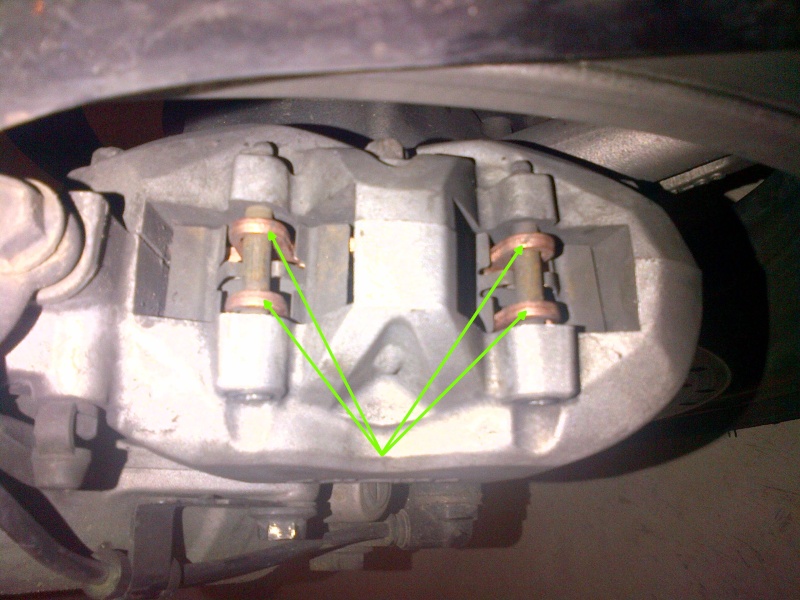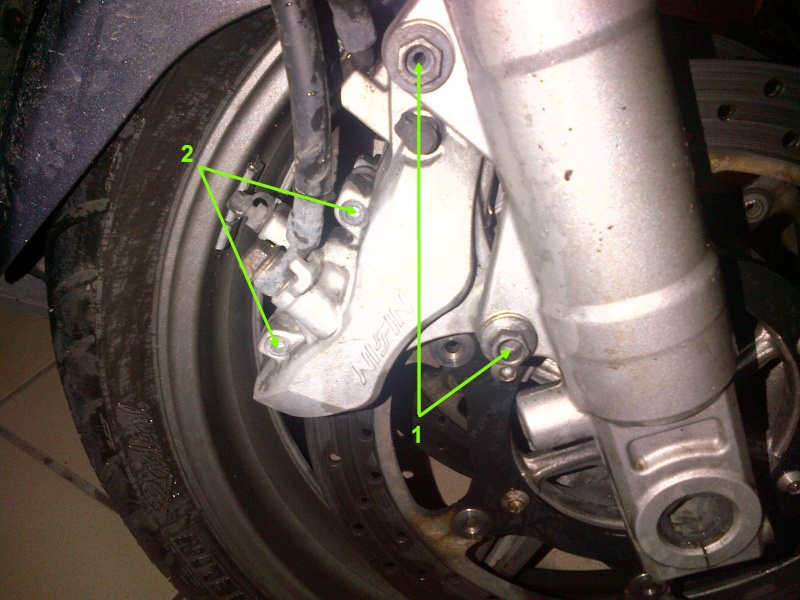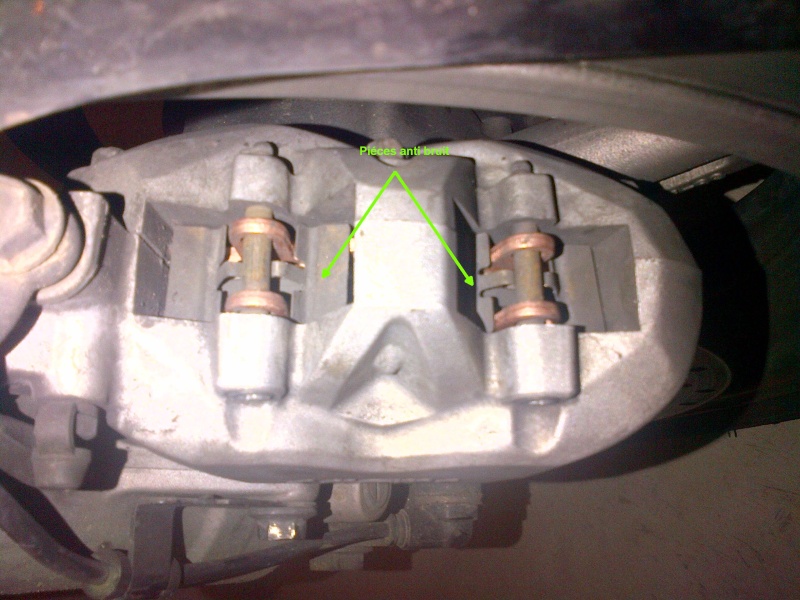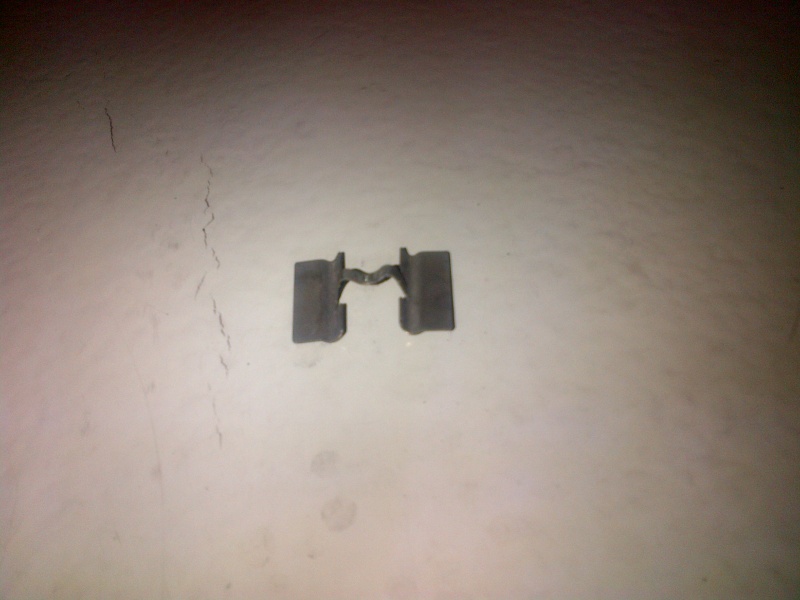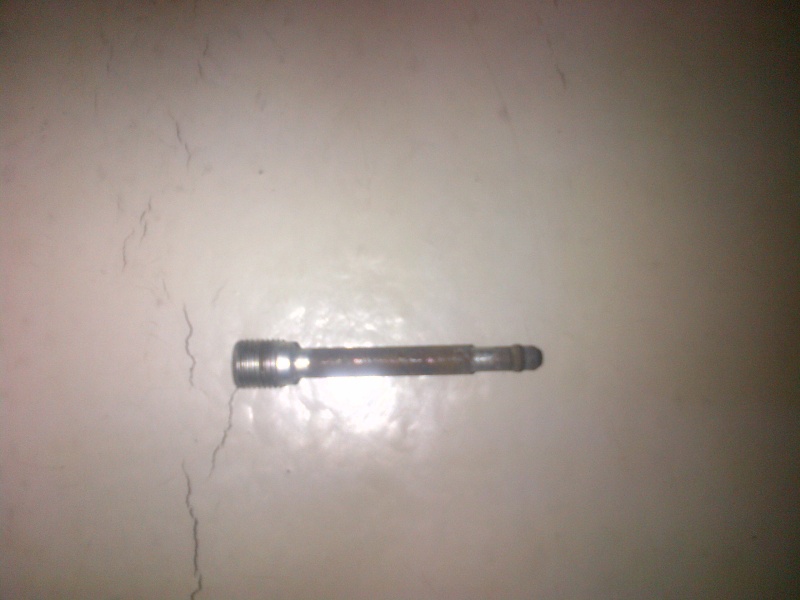It's better with photo

.
So to change the front brake pads, you are two solutions:
The first without removing the caliper, if the pistons are not dirty.
Push the pistons of each wafer, either with the finger or with a screwdriver by putting it on the attachment of the wafer.
Then remove the two retaining pins (item 2 on picture) with an Allen key.
Beware the pads will drag themselves.
You can remove noise components (I think it's called that), that lie just above the pads.
Once removed.
Clean the support rods. I have cleaned fine sandpaper and WD40.
The Dirty Version.
Then hand over the new pads, the pad to the disc, anti noise component and the holding rod.
I just shook my hand.
Do the same for the other bracket.
Do not be surprised by the different size of pistons on the caliper to the right is the one that makes the front / rear coupling.
IMPORTANT:
After all reassembled, actuate several times the lever and the brake pedal before driving.
Second solution by removing the caliper pistons to clean.
Remove the bolts (item 1 on the picture), 12. Key to remove the bracket to tilt towards you. You have to play around with because it is not easy to get out.
Removing the pads without pushing the pistons by the first method.
Clean pistons. push the hand or with the help of an old plate.
Then I put the new pads, and handed the bracket in place. A bit of a chore to be submitted with the pads, I think without putting the pads is a little simpler.
IMPORTANT:
After all reassembled repeatedly actuate the lever and the brake pedal before driving.




